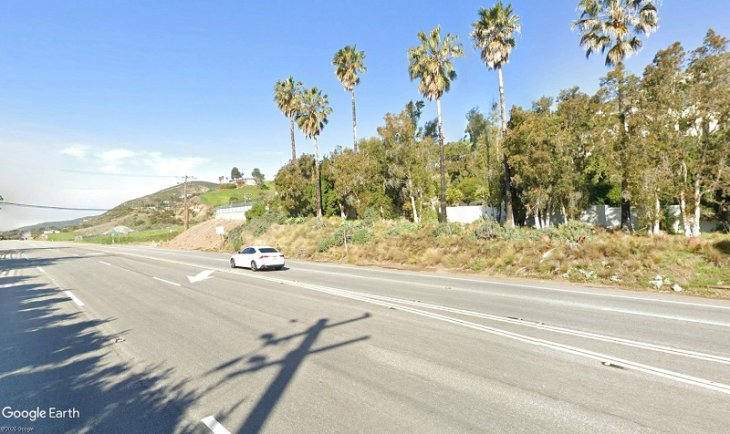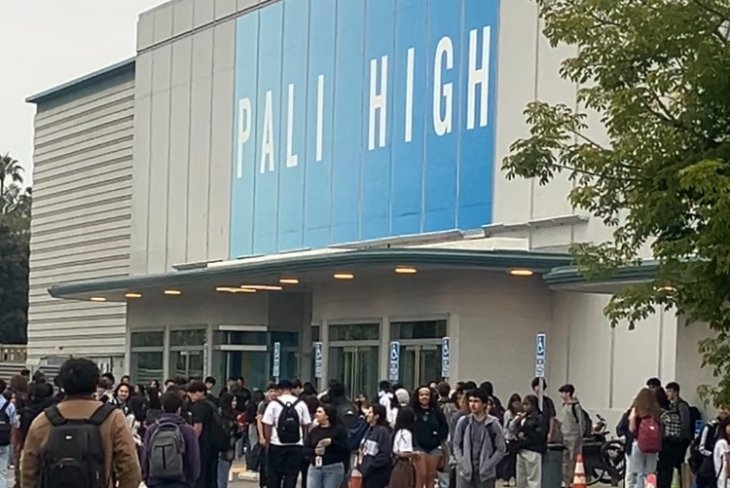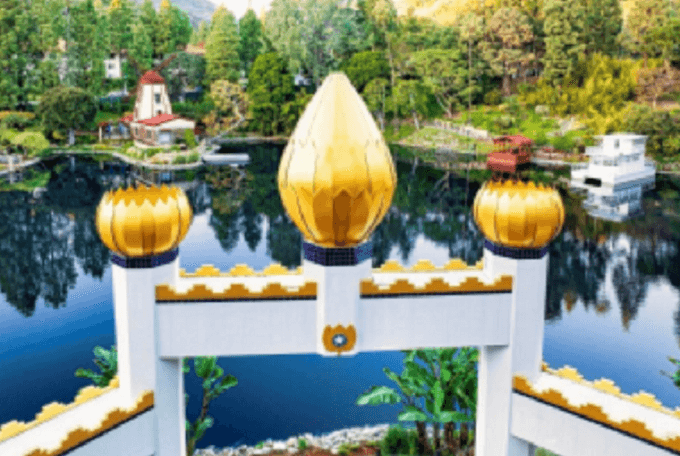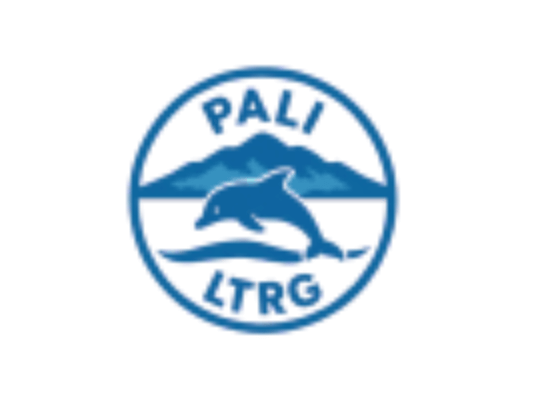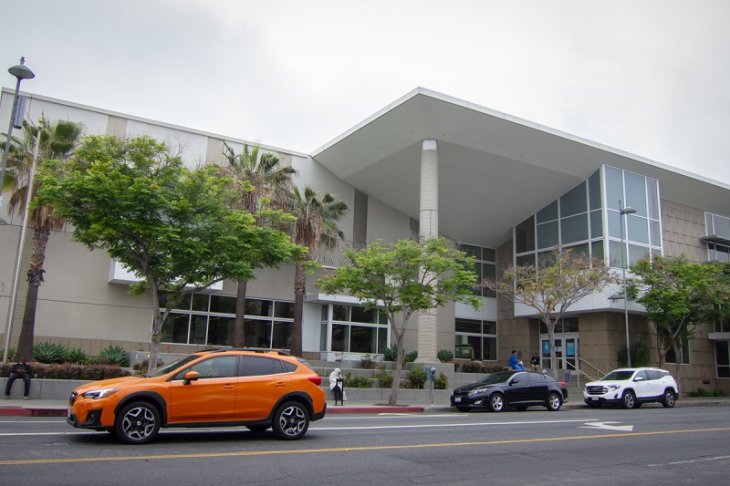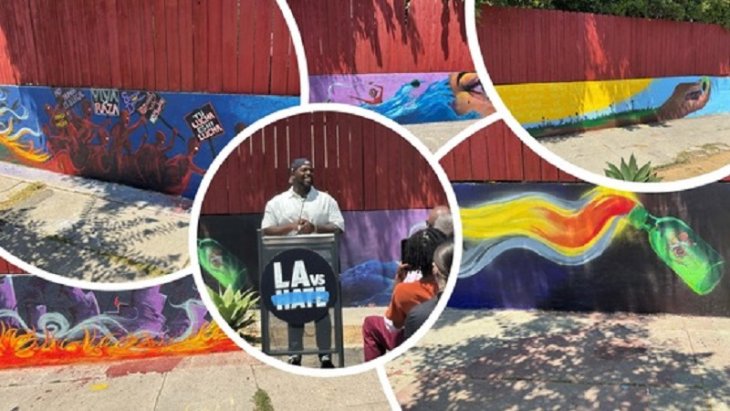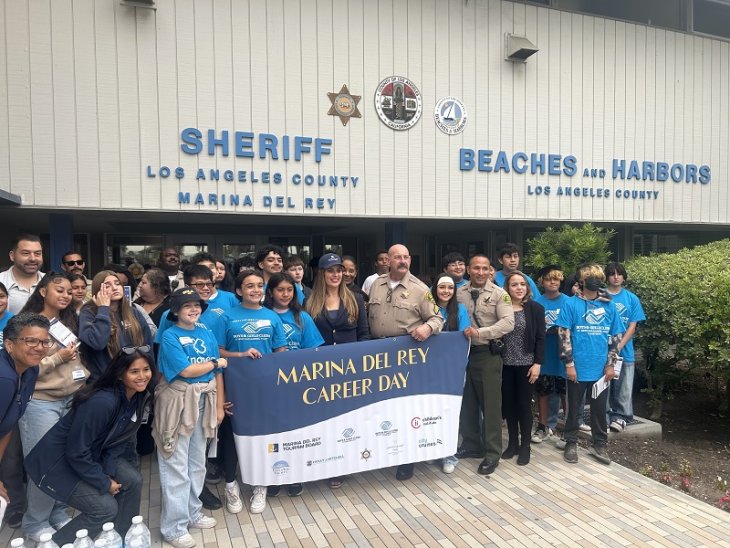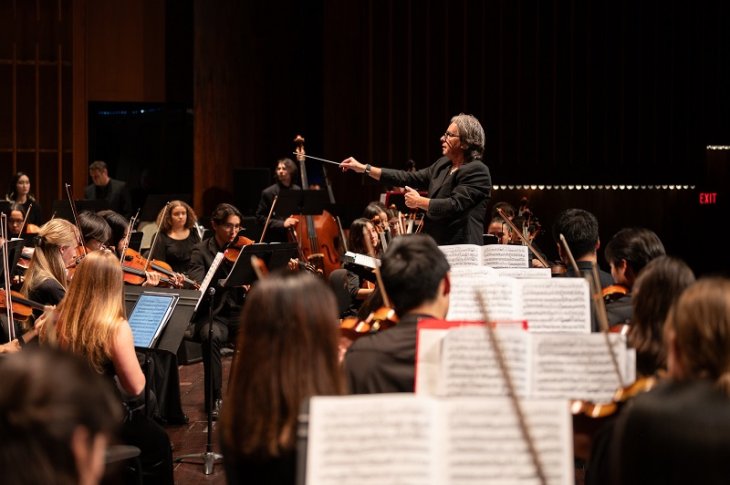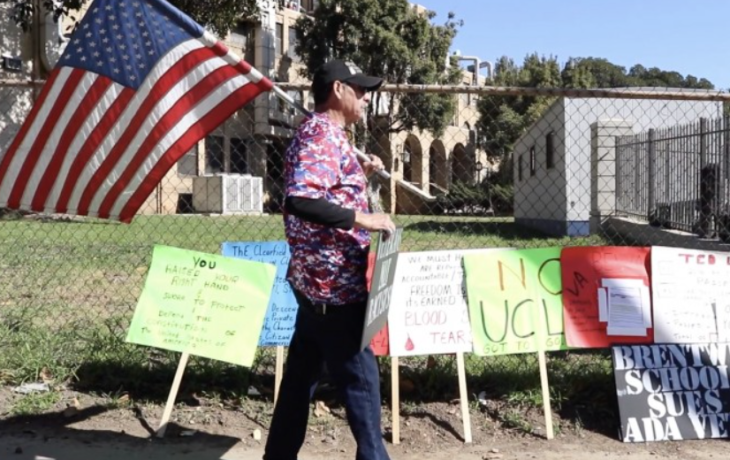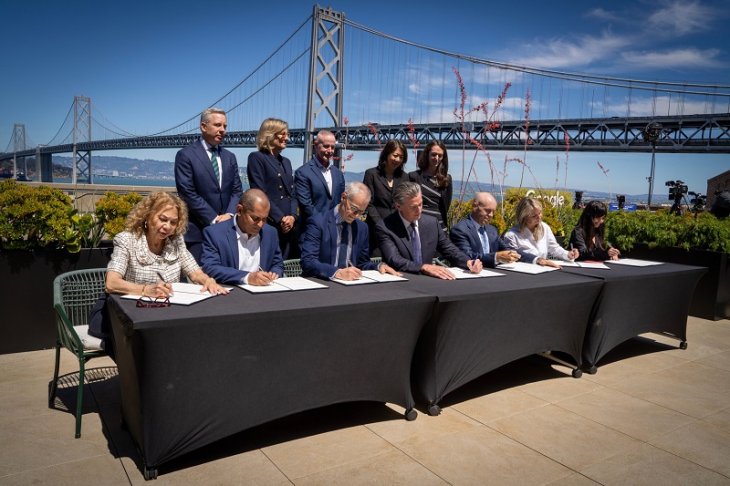Community feedback, gathered through over 4,984 survey responses, shows a strong preference for pedestrian- and cyclist-friendly designs, integrated water systems, and a balance of passive and active uses
As the Santa Monica Airport prepares to close on December 31, 2028, the city is unveiling three distinct design scenarios to transform its nearly 200-acre site into a sprawling public park, with community input shaping the future of the space.
The conversion project, outlined in a staff report to the Planning Commission for a June 4, 2025, meeting, aligns with Measure LC, adopted in 2014, which mandates the land—originally purchased for a public park—be used primarily for open space or recreation unless approved by voters. Community engagement, which began in 2024, has included thousands of responses from surveys, workshops, and pop-up events, with the current phase focusing on three draft scenarios: Reuse, Restoration and Resilience; Weaving Park and Community; and Growing Park, Growing Community.
The first scenario, Reuse, Restoration and Resilience, emphasizes green space with new water features, sports fields, and multi-use paths, as noted in the staff report. It proposes five miles of trails, 13 acres of parking, a 15-acre reservoir, 15 acres of urban forest, 8 acres of meadows, a 5-acre community farm, and 22 acres of sports facilities, according to Urbanize LA. Development is limited to adaptive reuse of existing structures, offering minimal on-site revenue through leasing and events, which could delay implementation and financing, per the report.
Weaving Park and Community, the second option, features a meandering multi-use path called “The Bend,” blending open lawns, water features, and recreation areas, as detailed in the staff report. It includes four miles of trails, three new roads, 5 acres of parking, a 7-acre pond, 34 acres of urban forest, 6 acres of indigenous gardens, and a 7-acre performing arts center, with 32 acres of new housing and commercial development along the site’s edges, per Urbanize LA. This scenario promises faster delivery and greater revenue potential.
The third scenario, Growing Park, Growing Community, is the most development-intensive, framing a large public park with a 10-acre lake and 48 acres of commercial and housing development, according to Urbanize LA. It offers six miles of trails, six primary roads, 17 acres of urban forest, 12 acres of botanical collections, 21 acres of sports fields, and a new aquatics center. This option, with the highest revenue potential, is projected for the shortest build time.
Community feedback, gathered through over 4,984 survey responses, shows a strong preference for pedestrian- and cyclist-friendly designs, integrated water systems, and a balance of passive and active uses, with housing remaining a divisive issue, as noted in the staff report. More than half of respondents support some housing—particularly senior, workforce, and low-income options—to fund park elements, though any housing plan requires voter approval under Measure LC. The city plans to present a hybrid preferred scenario in Fall 2025, incorporating elements from all three options, following additional input from upcoming meetings and a July 8 council presentation, as outlined in the staff report.



